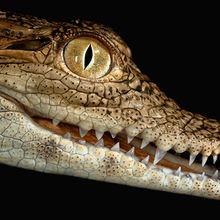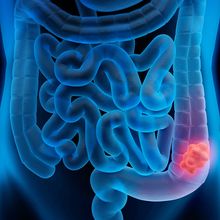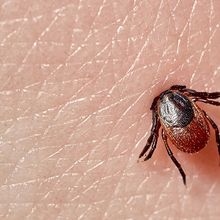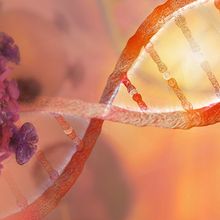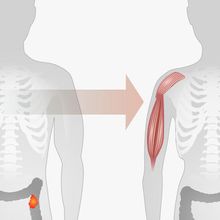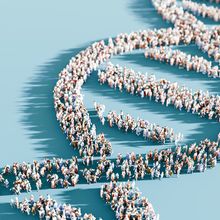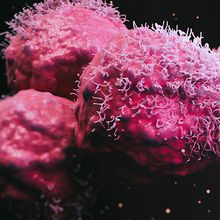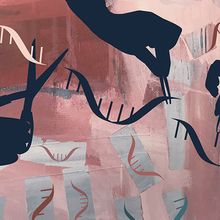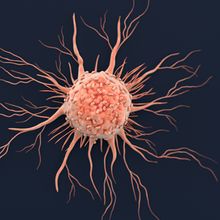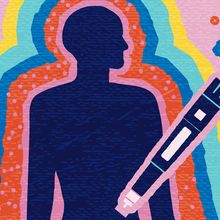Sahana Sitaraman, PhD
Sahana is a science journalist based in Lausanne, Switzerland. She holds a bachelor's degree in microbiology from the University of Delhi, India and a master's and PhD in life sciences from the National Centre for Biological Sciences in Bangalore, India. Sahana enjoys writing about health and neuroscience, mental health and women in STEM. She also dabbles in illustrating findings that tickle her brain.

